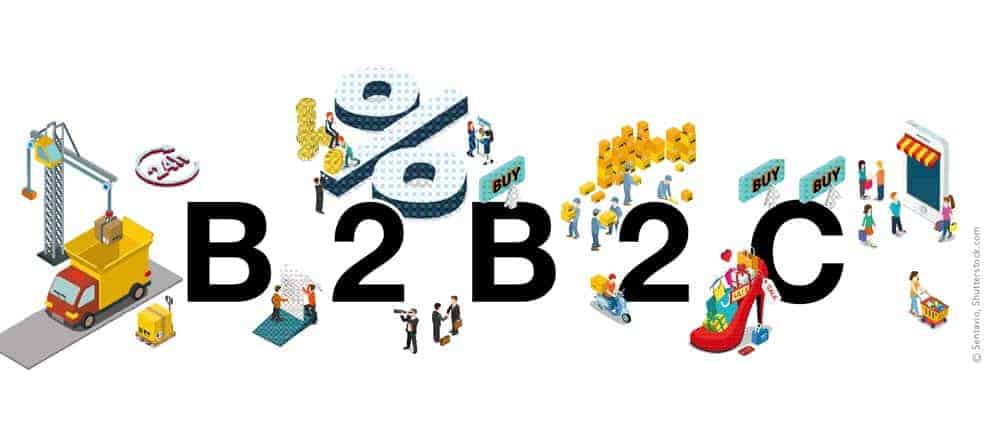Help channel partners capture customer insights


On the one hand, the fact that sales partners stand between the company and the end customer has the advantage that they can build on the bonus that the trusted dealer usually has with his customers.
On the other hand, they give up direct influence on the satisfaction of their end customers. Instead of collecting customer insights separately, manufacturers and channel partners should share their analytics platforms.
As a first step, it is important to identify the problems of the sales partners that are related to customer problems. The experience of the partners and the customers cannot be viewed in isolation from each other.
Therefore, it helps to address the difficulties that affect the customer together with the partner. Analysis tools are useful for this: Manufacturers can use them to compare customer and partner data anonymously to highlight similar issues or patterns.
This helps identify areas where challenges from retailers become end-customer issues. For example, feedback comes from customers that they were not satisfied with the price.
At the same time, the partner provides feedback that it has had difficulty setting quotes and prices for specific customer segments.
Some companies receive input or questions from end customers through their voice-of-customer programs that would be better handled by their contractors.
Instead of collecting this information and sending it to the partner at regular intervals, a joint discussion of the results of the VoC programs would be more constructive. At the same time, appropriate measures should be derived to improve the values.
Customer experience teams should closely scrutinize all anonymized customer comments: If a customer has a specific question or problem, it is brought to the attention of the partner or those responsible within the company.
Part of this review process can also be praise: If customers rate a salesperson particularly well, the CX team should forward this praise to the responsible managers at the manufacturer or channel partner.
Along the customer journey, there are often specific transactions that fall solely on the shoulders of the company and not on those of the partner.
Because these interactions can impact the entire relationship, companies should share the customer insights they gain with their partners and share their plans for acting on that feedback.
A company should actively support its partners in developing their customer feedback process. For this, it is important that the merchants can easily familiarize themselves with the feedback platform.
In addition, the processes that help the partner connect more closely with end customers through the VoC program should be easy to implement.
The channel partner should also be able to understand the reports and dashboards without much effort. To put all this into action quickly, the company could, for example, provide its resellers with a portal that allows partners to manage their own closed-loop feedback program.
Dealers control who can view the portal within their operations. This includes results from reports that link feedback areas to dealership processes to determine which processes are working well and which need to be changed.
Not all partners or market segments will have the same CX maturity level. One-size-fits-all programs may overwhelm partners who are novices in CX management. On the other hand, advanced partners may feel limited in what they can do. A middle ground must be found that suits all parties.





